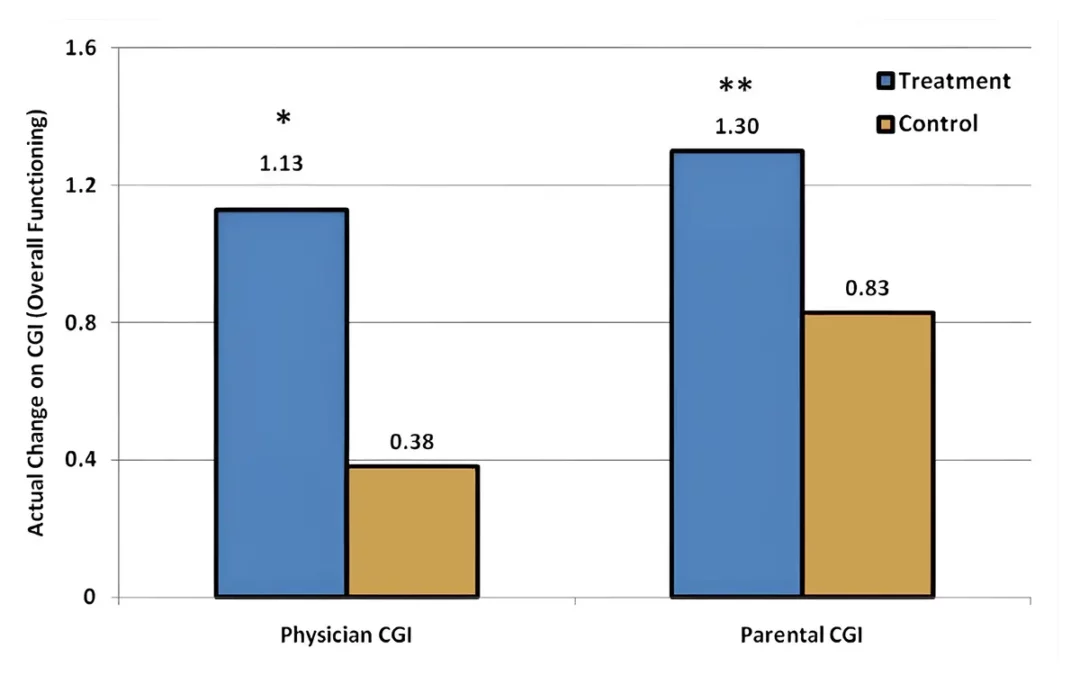In the quest for innovative approaches to address autism, the potential of Mild Hyperbaric Oxygen Therapy (HBOT) shines as a beacon of hope. Grounded in a meticulous controlled study, this therapy has shown remarkable promise in enhancing the lives of children with autism.
A Controlled Study Unveils Progress
Autism’s complex landscape prompted a meticulous study to assess the efficacy of Mild Hyperbaric Oxygen Therapy in children. The study engaged 62 children aged 2 to 7 years, randomly assigned to two groups. The treatment group underwent 40 hourly sessions of hyperbaric treatment at 1.3 atmospheres (atm) and 24% oxygen, while the control group experienced slightly pressurized room air at 1.03 atm and 21% oxygen.
Significant Enhancements Emerge
The results unveiled a realm of promising improvements for the children who received Mild HBOT:
- Overall Functioning: The treatment group showcased remarkable progress in overall functioning, as indicated by mean physician Clinical Global Impression (CGI) scores.
- Language and Social Interaction: Hyperbaric treatment yielded significant advancements in receptive language and social interaction, proving its potential to bridge communication gaps.
- Eye Contact and Sensory/Cognitive Awareness: A notable increase in eye contact and enhanced sensory/cognitive awareness underscored the therapy’s positive impacts.
Aberrant Behavior Checklist (ABC) and Autism Treatment Evaluation Checklist (ATEC)
The Aberrant Behavior Checklist (ABC) and Autism Treatment Evaluation Checklist (ATEC) provided further insights:
- Behavioral Improvements: In the ABC assessment, the treatment group displayed improvements in irritability, stereotypy, hyperactivity, and speech.
- Sensory/Cognitive Awareness: The ATEC assessment highlighted significant enhancements in sensory/cognitive awareness within the treatment group.
An Insightful Path Forward
Post-hoc analysis revealed that children over the age of 5 and those with lower initial autism severity experienced the most robust improvements. The study not only emphasizes the efficacy of Mild HBOT but also its safety and tolerance.
A Glimpse of Promise
As we journey through the dimensions of medical advancements, the study’s insights signify the potential of Mild Hyperbaric Oxygen Therapy to usher in positive change for children with autism. With this research as a foundation, hope continues to grow for brighter tomorrows.
Source
Rossignol, D. (2009, March 13). Hyperbaric treatment for children with autism: a multicenter, randomized, double-blind, controlled trial. National Library of Medicine. https://www.ncbi.nlm.nih.gov/pmc/articles/PMC2662857

